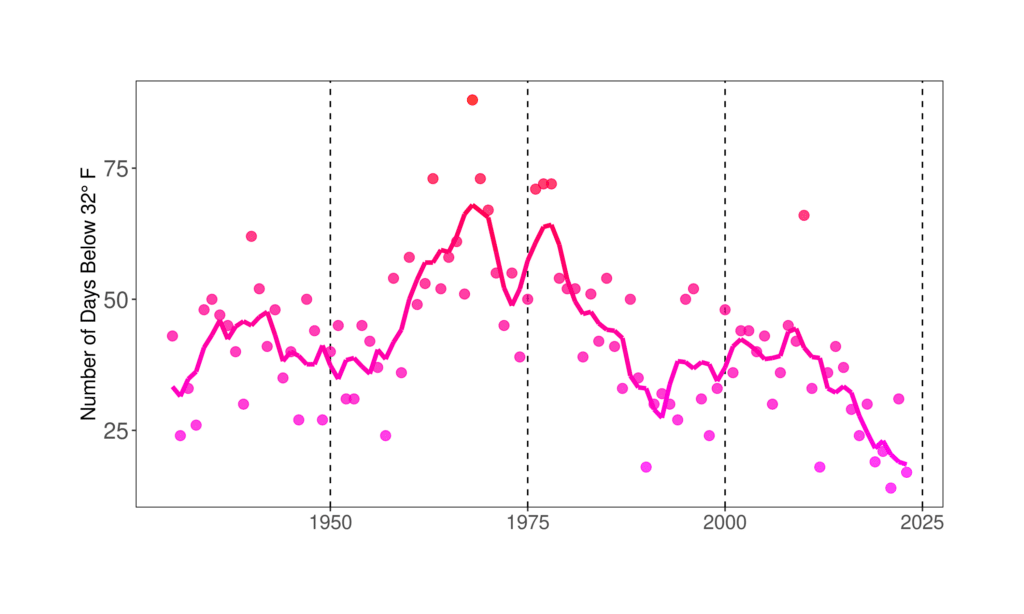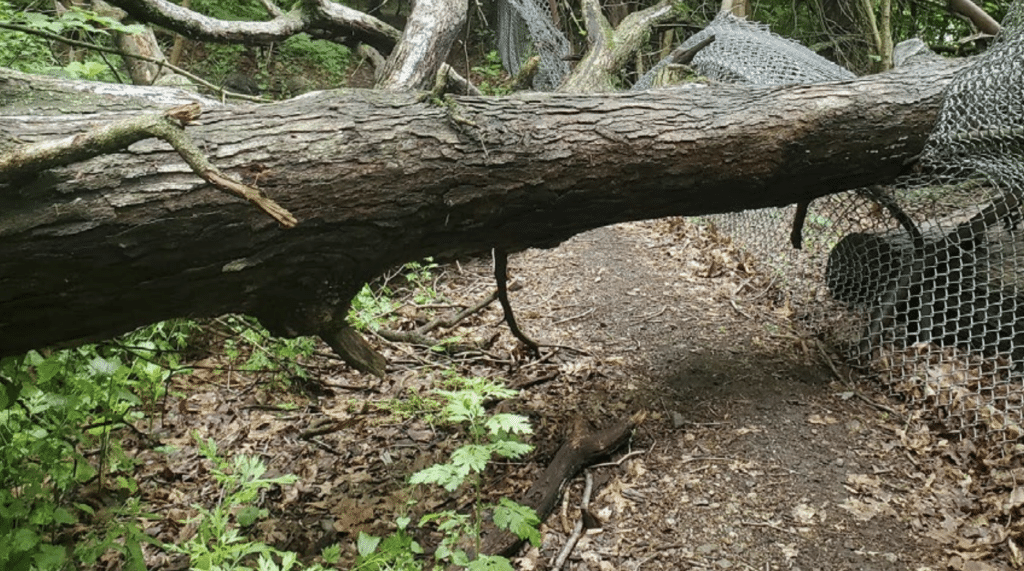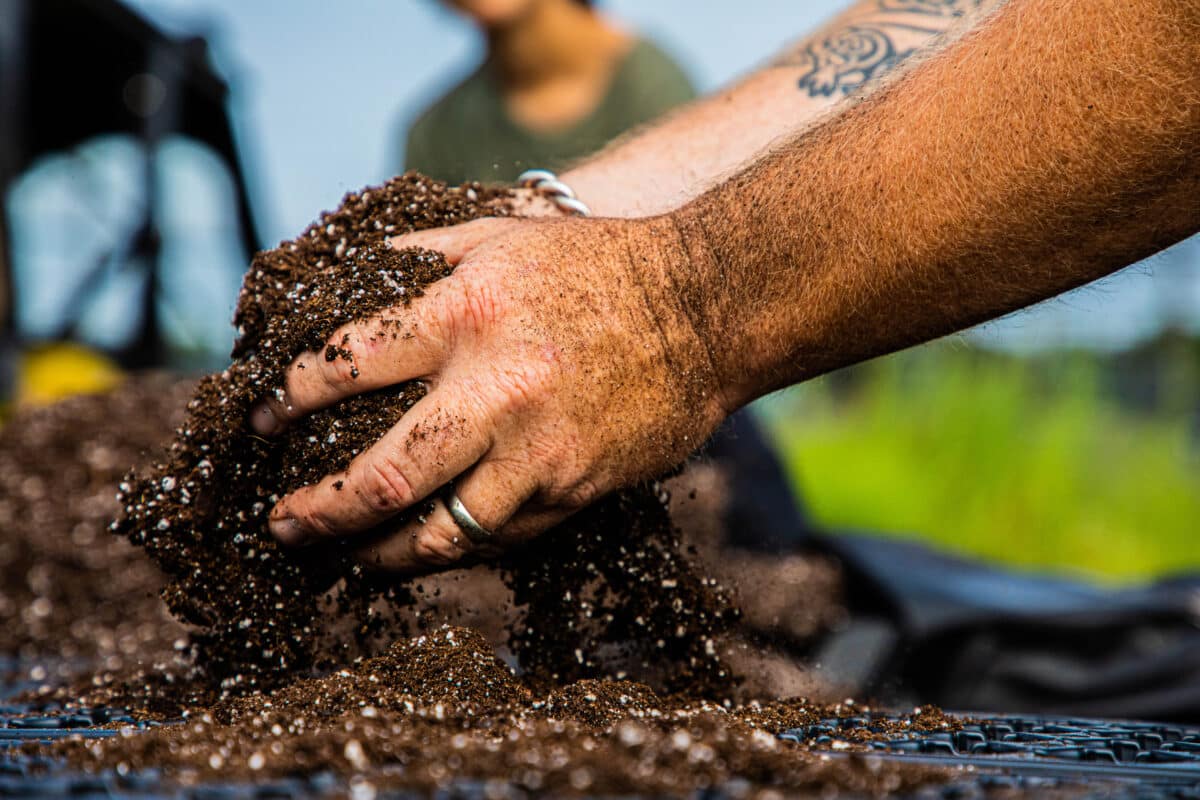Brief Research Report: Case Study on the Early Impacts of COVID-19 on Urban Natural Areas Across 12 American Cities
By Sophie Plitt, Clara C. Pregitzer, Sarah Charlop-Powers
By Sophie Plitt, Clara C. Pregitzer, Sarah Charlop-Powers
The COVID-19 crisis has impacted the lives of the entire nation. As city residents faced lockdowns, they turned to their public parks and open space for respite from the confines of city living. Many residents sought solace in natural areas, wishing to hike, birdwatch, and experience the sights and sounds of a forest during this fraught time. To understand the impacts of the COVID-19 crisis on the public use of natural areas and organizations’ ability to care for them, we deployed a survey in May 2020 to known partners in 12 U.S. cities that are leaders in the management and care of urban natural areas. These cities represent a combined population of over 18 million people and collectively manage 284,906 acres of natural area parkland. We found that most organizations (83%) reported an increase in use of natural areas but concurrently 72% reported a decrease in the ability to care for natural areas during the pandemic. All organizations reported canceled public programs, and 94% saw a decrease in volunteer events. As these organizations look to the future, only 17% were confident in their organization having adequate funding in 2021. Cutting budgets to care for urban natural areas could have significant impacts on the health and sustainability of urban life. These 12 cities serve as examples of a pattern that could be occurring nationally and internationally. As cities reopen, budgets and priorities for the future will be determined as will the fate of resources to care for nature in cities.
Journal: Frontiers in Sustainable Cities
Read Article(this link opens in new window)
This report presents a comprehensive overview of the challenges, benefits, and potential funding sources for urban forested natural areas in the United States. It emphasizes the critical need to diversify funding sources for these underfunded areas, which are distinct from other urban green spaces due to their size, biodiversity, and ...

What is this tool? The tool below uses summarized data from the National Oceanic and Atmospheric Administration () to help users visualize changes in climate variables - including maximum temperature and precipitation - over time. This no code approach to figure creation allows for individuals to create custom figures for a broad ...

